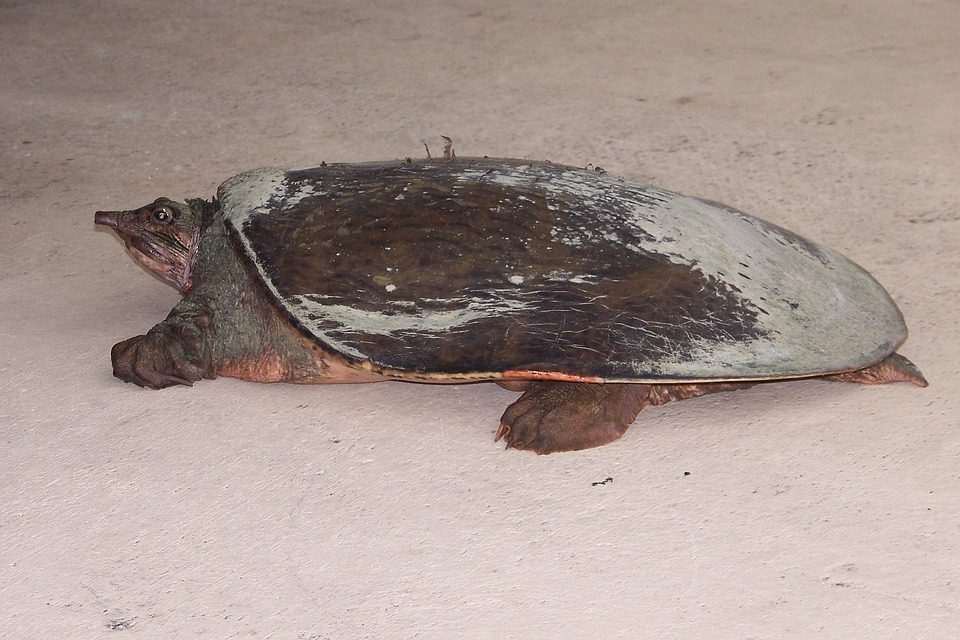It was recently discovered that a unique species of softshell turtle (Hutchemys walkerorum) inhabited North Dakota just at the final moments of the Cretaceous Period, roughly 66.5 million years in the past – a little before the extinction event that erased all of the dinos. The turtle was discovered by a group of researchers from the University of Pennsylvania.
Hutchemys walkerorum wandered the Earth at the same time that big creatures like the Tyrannosaurus Rex as well as Triceratops did, and it was a member of the genus Hutchemys. Throughout the Cretaceous and Paleogene eras, around 80 million – 50 million years ago, it related to a specific group of softshell turtles that existed in the area now known as North America.
According to the results of a phylogenetic investigation, this turtle belongs to a group of ancient trionychids (softshell turtles) within the subfamily Kuhnemydinae, which includes extinct species from Asia and the Pacific. According to these results, the Trionychidae family emerged in Asia before moving to North America somewhere during the Late Cretaceous period of Earth’s history. The ribs covering their abdomen region were bigger and more tightly sutured together than those of modern softshell turtles, despite the fact that they were identical in appearance to modern softshell turtles.
We couldn’t have a strong understanding of these softshell turtles until quite recently. However, we are beginning to learn more about this ancient species of turtles and are gaining a better picture of their development, which includes how they coped with the great extinction that occurred.
With the help of this research, we may acquire a better understanding of the creatures that survived and those that didn’t, the disaster that brought the age of dinosaurs to a halt.
The findings were published in Cretaceous Research.













Leave a Reply